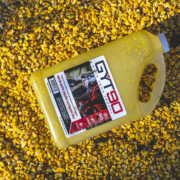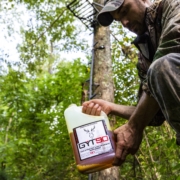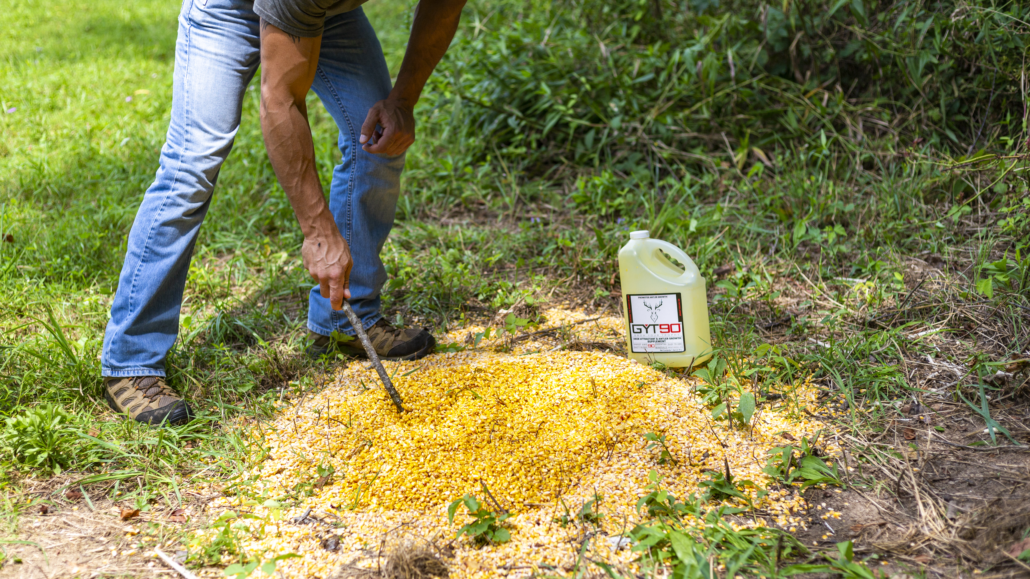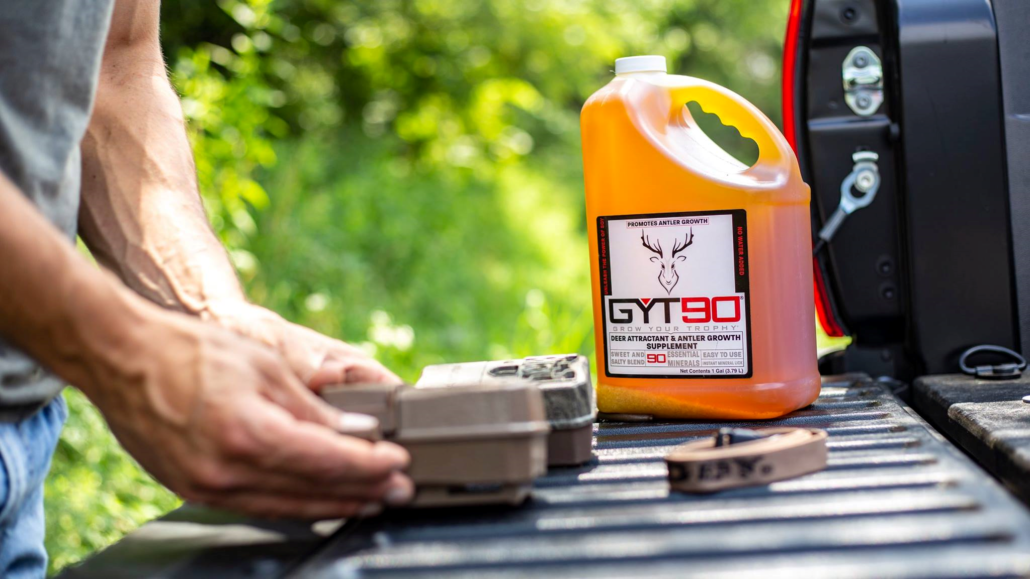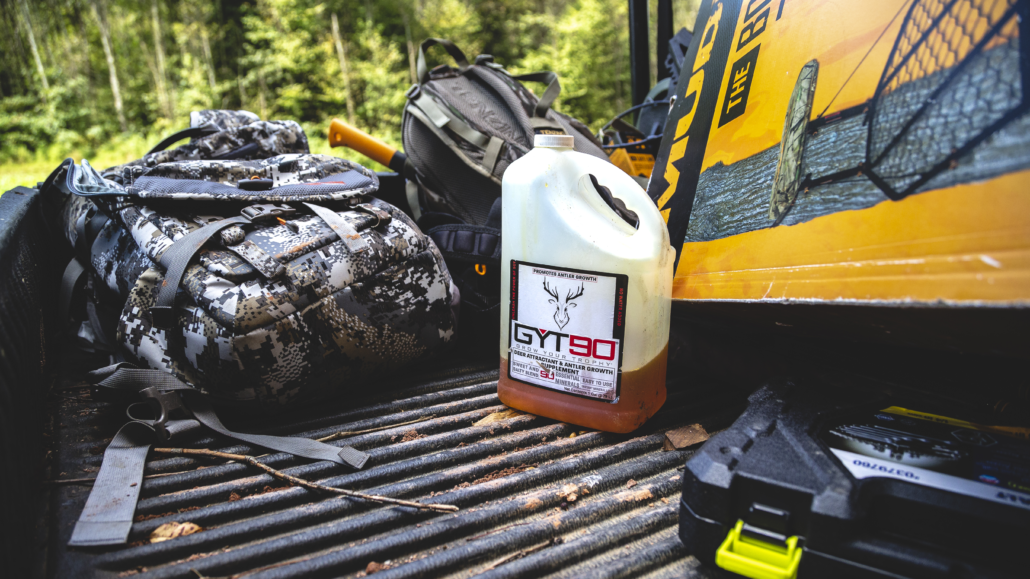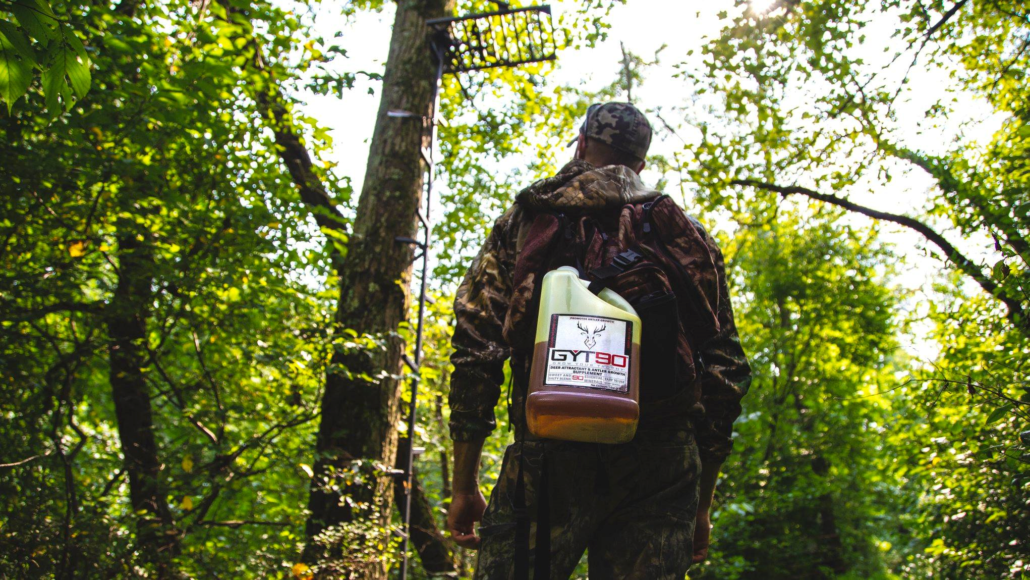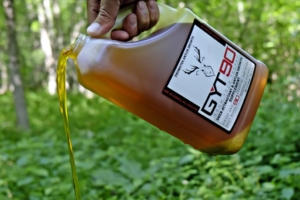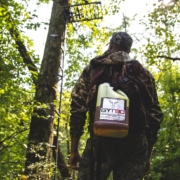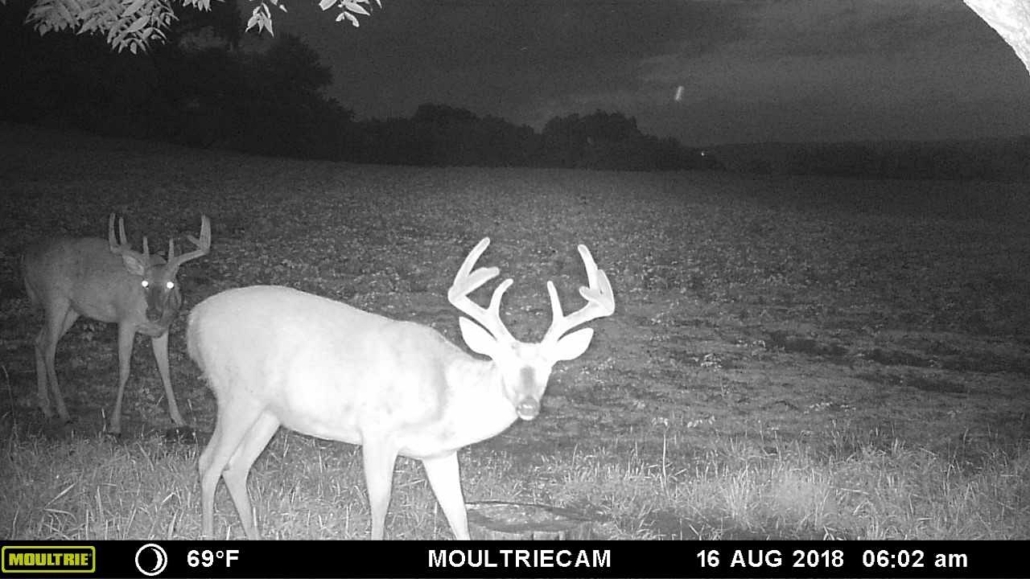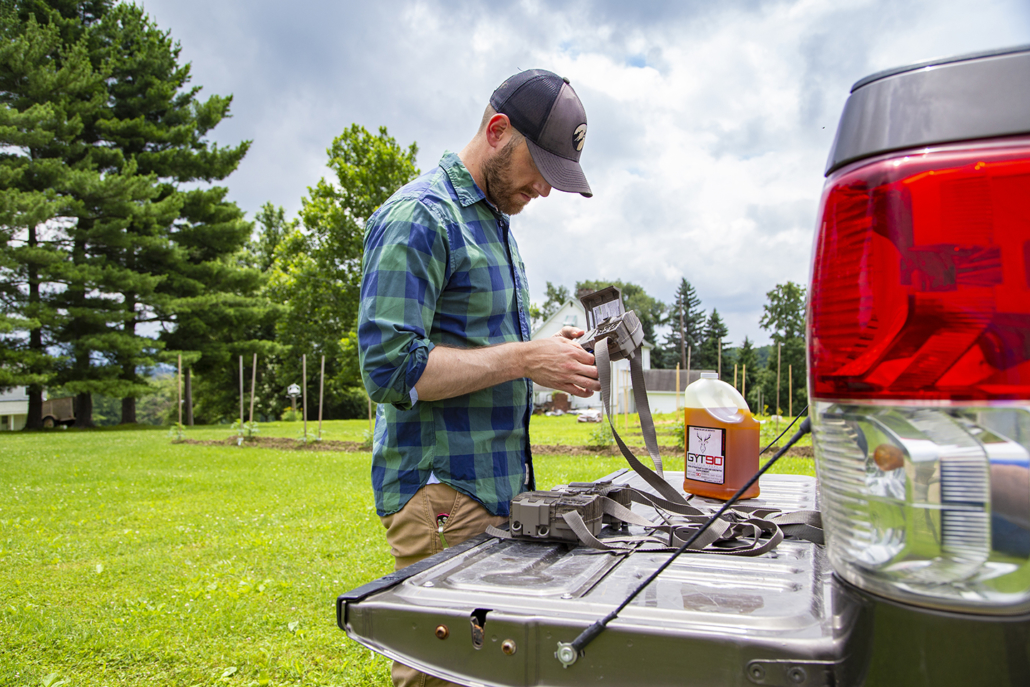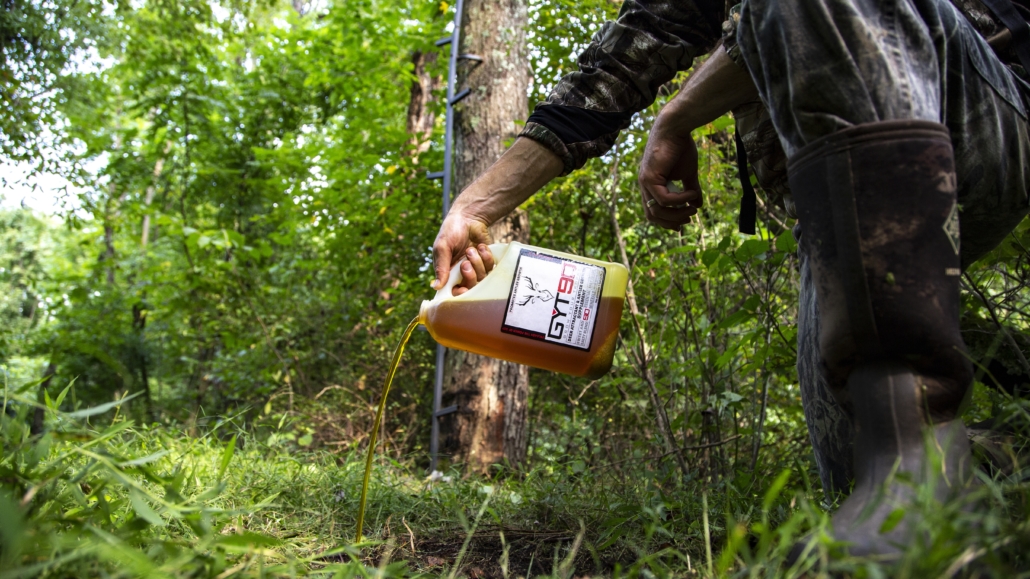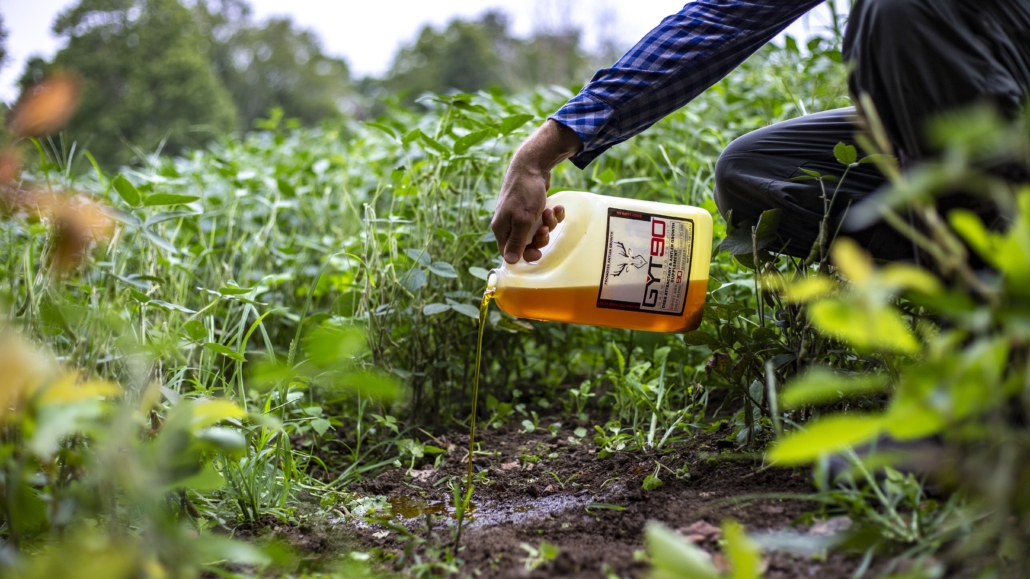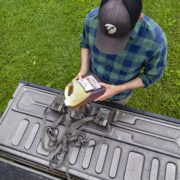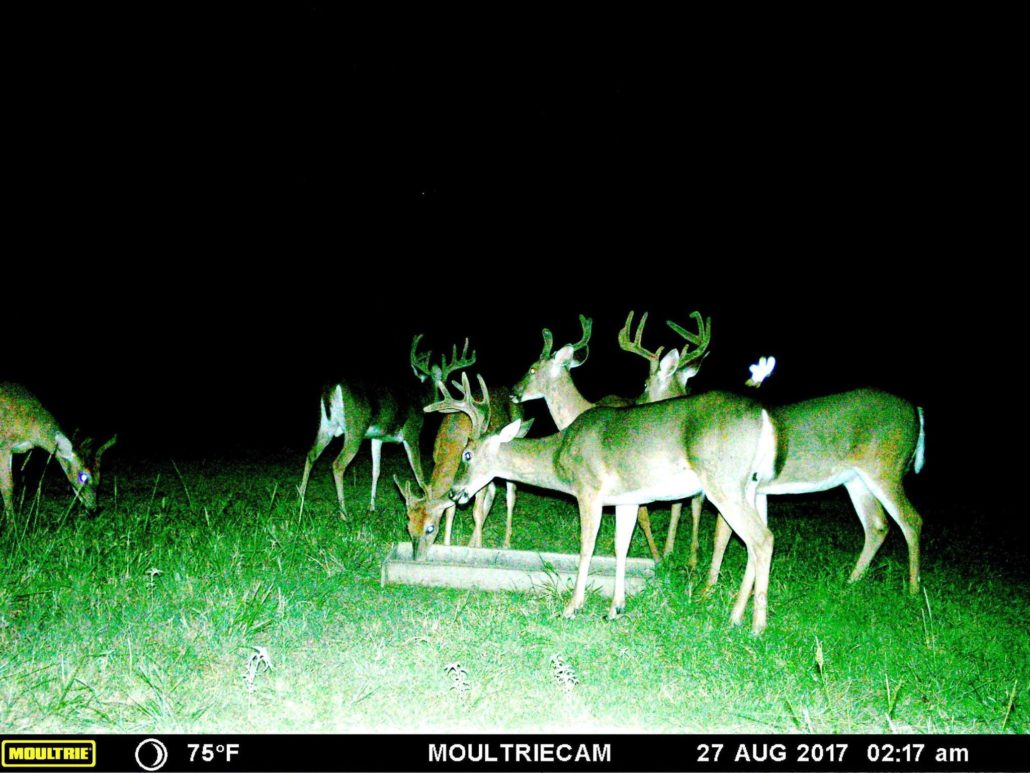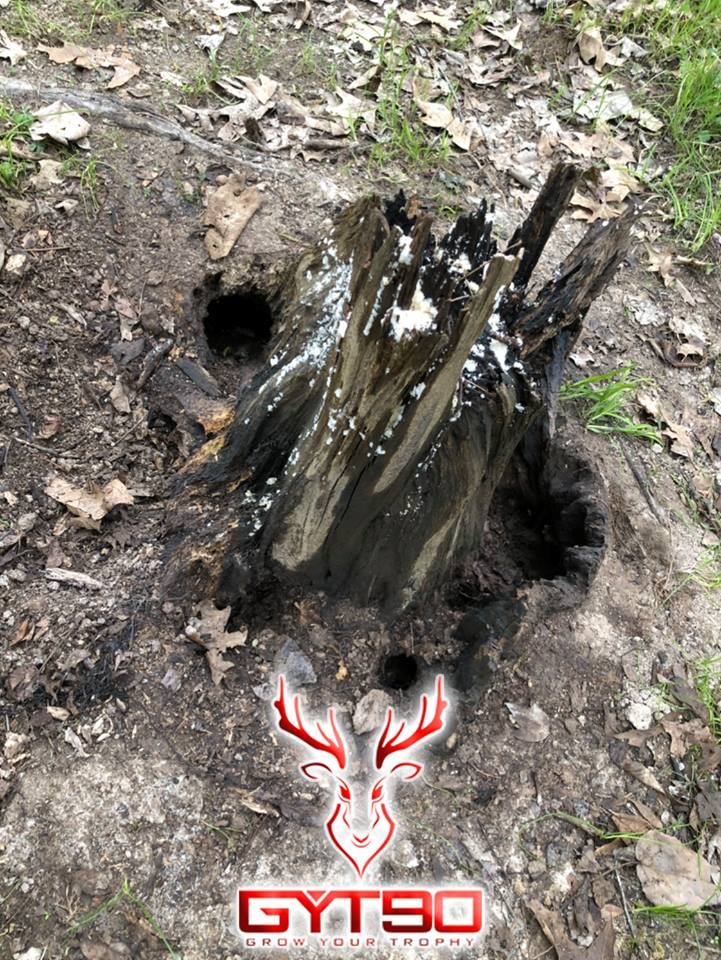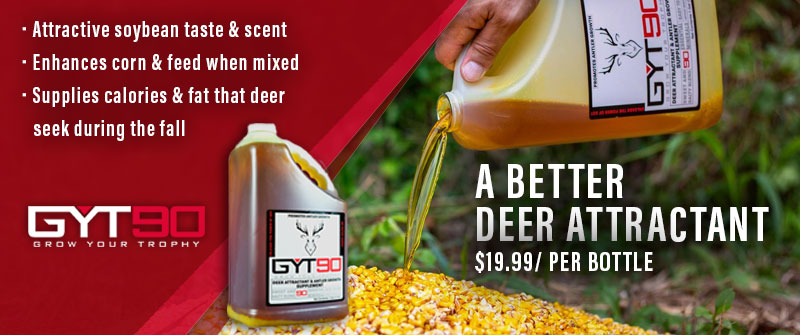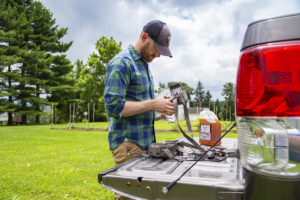Winter Deer Feeding | Guidelines and Tips for Healthy Deer
Everything You Need to Know About Winter Deer Feeding
Winter deer feeding is a hot topic for many people. If you are a deer hunter, you’re probably always looking for ways to improve the health of the deer you hunt. So it’s a natural next step for many people to want to take care of them throughout the year. As you’re probably aware, winter is one of the toughest times of the year for many animals – whitetails included. This is especially true in the northern half of the country, where winters can be especially cruel. Cold temperatures, body warmth-stealing winds, and lack of quality food can all work against them and weed out the weaker individuals. So it makes sense that feeding deer in the winter would help them out, right? Maybe yes, maybe no. It really just depends on the situation and how the feeding is done. If it’s done the wrong way, you might actually be hurting the deer herd instead of helping them. Now we know what you’re saying. Your neighbor is feeding deer corn year round, and it doesn’t hurt them. Here are some winter deer feeding rules to help you decide whether you should or should not do it, and tips to do it the right way.
Nutritional Requirements for Deer
The first thing we need to cover is what deer actually need to survive the harsh conditions that winter throws at them. Throughout the summer and fall, deer are hopefully able to gain enough body fat that they can make it through the low calories and cold conditions of winter. They do that by eating as much high quality food as they can in the time it is available, and their fall diets focus on the best food available. But they don’t always put as much fat on as they should. And bucks, in particular, are at risk when entering the winter.
Obviously, bucks focus on breeding during the rut, which means they avoid a lot of the last-minute fall feeding opportunities, so they typically enter the winter with already-depleted bodies. Without good food sources throughout the winter, a buck’s body will start to cannibalize itself by converting their muscle tissue into energy. That puts them at risk for starvation, and if they do survive, they will start the spring at a severe deficit. At that point, all of the calories ingested would have to build muscle mass back before allowing them to use minerals for antler growth, which means they certainly wouldn’t grow to their full potential. If one of the goals on your property is to also shoot larger bucks, this is a problem you need to address.
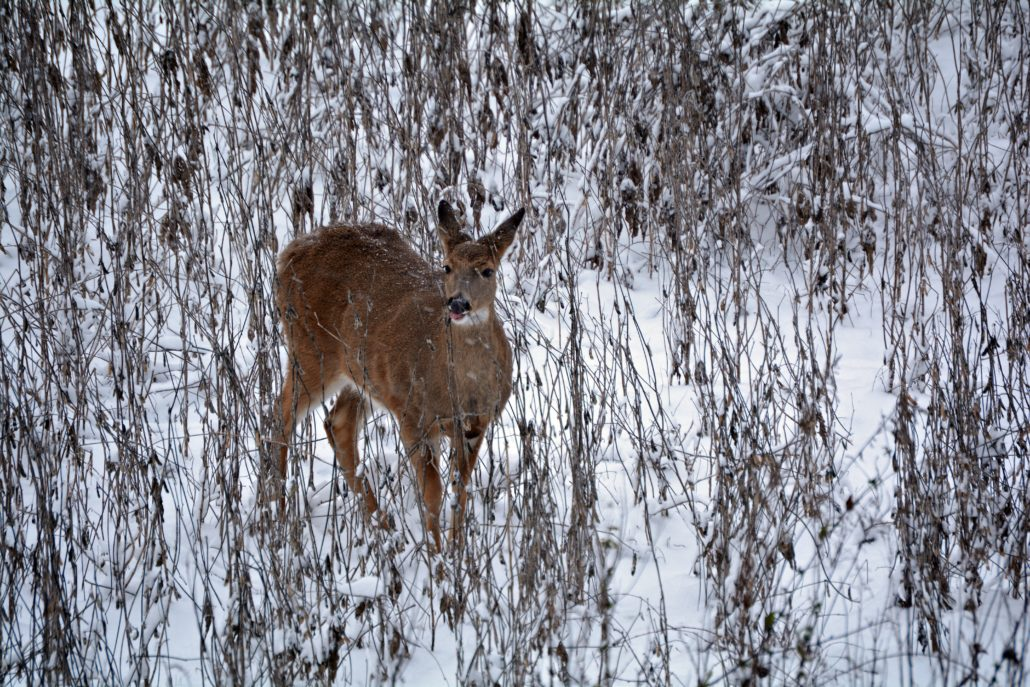
In an ideal world, deer need high-carbohydrate and high-fat food sources in the winter (with some major caveats below), whether through natural food sources or winter deer feeding. This would help them burn enough calories to stay warm over the winter and maybe even replenish some of the fat stores lost before their bodies have to resort to using muscle. Essentially, deer in northern areas just need to survive until spring, when abundant and nutritious green food sources return. Deer in southern areas may just need the additional nutrition to produce healthier fawns next year or bounce back from the rut quicker.
What Deer Eat in Winter
So exactly what do deer eat in the winter to get that high-carbohydrate and high-fat nutrition? Unfortunately, there aren’t a lot of natural food sources available in the winter that can provide that. Fortunately, deer are already highly adapted for this exact scenario.
Woody Browse
Whitetails in highly forested areas consume woody tree browse to survive the bleakest time of the year. Their digestive system, which consists of a four-part stomach, is biologically designed to break down the high fiber content present in browse and provide the most nutrition possible from it. But not all browse is created equal. Mature forests – think park-like settings – often have very little browse available at deer level, which is why deer often disappear from these areas as winter arrives. However, young forests are full of tender and nutritious browse. Think about a clear-cut area – within the next growing season, it is so dense with tender young tree branches and shrubs that you can barely walk through it, and it is all conveniently located within browsing reach for deer. Over the winter, a few acres of this habitat can support more deer than 40 or more acres of mature forest.
Agricultural Crops
In agricultural areas, there are often various agricultural crops available for deer to eat over the winter. Some farmers or hunters leave standing rows of corn, soybeans, etc. for winter deer feeding purposes. Even in harvested fields, there is often waste grain left behind for them to forage on, as long as the fields aren’t plowed under in the fall. Depending on how much snow accumulates, the ability of deer to forage for food sources on the ground may be affected. In these areas, corn, soybeans, grains, and brassicas can all be highly sought after and extremely nutritious. Corn and grains are full of carbohydrates, while soybeans provide a lot of carbohydrates and fat. These are both great for the unique nutritional needs for deer in the winter. But if these are not common food sources in the area in a given time period, they can be dangerous.
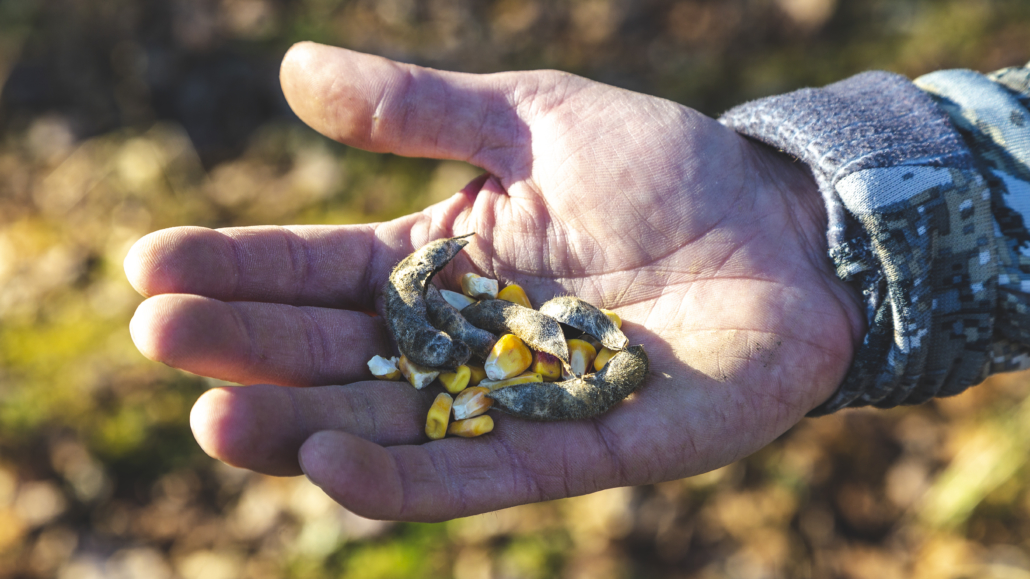
Dangers of Winter Deer Feeding
Getting back to the beginning of the post, it seems like winter deer feeding would be beneficial for them, given the lack of good food sources on some properties. But that’s not always the case. For a deer’s stomach to be able to digest wood fibers in the winter, it builds a community of gut flora (e.g., microbes and bacteria) that help digest it. When a really digestible, low-fiber food source (e.g., corn, wheat, apples, etc.) is eaten, bacteria in the deer’s rumen that can digest high-carbohydrate food rapidly multiply and produce a large amount of lactic acid. This rise in acidity kills many of the other good bacteria/microbes and essentially stops digestion. The acid in the stomach can even acidify the blood, which can kill the deer within 24 hours in severe cases. This is called acidosis, corn toxicity, or grain overload. To identify a deer killed by acidosis, you’ll generally find them in good body health and with a rumen full of corn, grain, etc. While severe for individual deer, this generally only occurs when deer suddenly get access to a large amount of high-carbohydrate food after they have adjusted to winter browse. If it doesn’t kill them, it can also cause permanent damage to their rumen stomach lining, which may affect their ability to digest in the future.
The other dangerous part about feeding deer in general is the risk of disease transmission. In many parts of the country, diseases like Chronic Wasting Disease (CWD) are wreaking havoc on the population. When deer browse, they are generally dispersed and only nibble on the end of branches. But with supplemental feeders and bait piles, deer are attracted to and gather around the feed in very close proximity, so it crams more deer into a smaller area. Inevitably, there is more nose-to-nose contact or exchange of saliva, which can spread the disease further. As a result, many state wildlife agencies have put feeding bans into effect to limit the spread of such diseases. A good way to avoid that risk is to limit the amount of food offered and scatter it across a large area.
Guidelines for Winter Deer Feeding
It should be pointed out that winter deer feeding is different than baiting deer during the hunting season. When you’re feeding deer during the winter, it is solely to help them survive until spring, whereas baiting during the season is often to attract them to a spot specifically to hunt them. Depending on how severe the winter is and how good the habitat is, deer may not even require supplemental deer feeding. But if the winter gets particularly harsh, the deer herd is larger than the habitat can support, or there is just no winter browse available, winter deer feeding could actually be beneficial. As long as you do it right. Here is what to feed deer in winter and a couple deer feeding rules you can use on your property.
First, it’s no use trying to provide deer supplemental feed if they can’t find it. When you’re starting in a new area and want to make sure the deer find the food source, try applying GYT90. Our deer attractant is a great blend of over 90 minerals and crude soybean oil, and it is super attractive to deer. The calories from fat provide a boost of nutrition, and the aroma helps draw them in to the food source. You can get a 4 gallon case of GYT90 deer attractant and mix it with your deer feed/deer corn, or apply it to a decaying log nearby to get their attention. Periodically refresh it for the most attraction and benefit.
From the feeding standpoint, the most important thing you should do if you want to feed corn to deer is to start very slowly. Start applying only a small amount (i.e., sprinkling a gallon bucket over a large area) at a time to allow deer to find and get used to it. Whether you manually feed them or use an automatic feeder, replenish the feed every couple days initially. Continue this pattern of providing a few pounds of food every few days for 2 to 3 weeks, which will allow them (and their digestive systems) time to get used to it. So corn is not exactly a “what not to feed deer” item – you just need to do it the right way. As long as it is not a large amount of corn that suddenly makes up the majority of a feeding, acidosis should not occur. In other words, don’t go out in mid-winter and dump an entire sack of corn into a field, or you run the risk of killing a deer or two. But to err on the side of caution, you can just mix corn into a homemade deer feed mix, with corn only occupying about 25% of the mixture. Providing a variety of different food sources within your deer feed mix is a good way to reduce the chance of acidosis.
If you’re looking for something else in the mix or what to feed deer instead of corn, a better and safer option for winter deer feeding is to use deer food pellets or other high fiber deer feed. This is nutritionally more in line with what they naturally eat anyway. It just provides good nutrition in one area rather than a deer having to browse over a large area. With feed mixes, make sure to look at the deer feed ingredients to make sure it is high in fiber, and has low carbohydrates. Some people use alfalfa pellets for deer, which offer about 16% protein and a lot of fiber, but some deer can suffer from bloat when eating hay as they are designed to be a browsing animal rather than a grazing one. Pellets don’t usually have the same effect as hay, but again, mixing pellets with another food source can eliminate problems. As for the advantages of deer pellets vs corn, pellets are definitely safer than straight corn, but will probably cost more than a sack of corn.
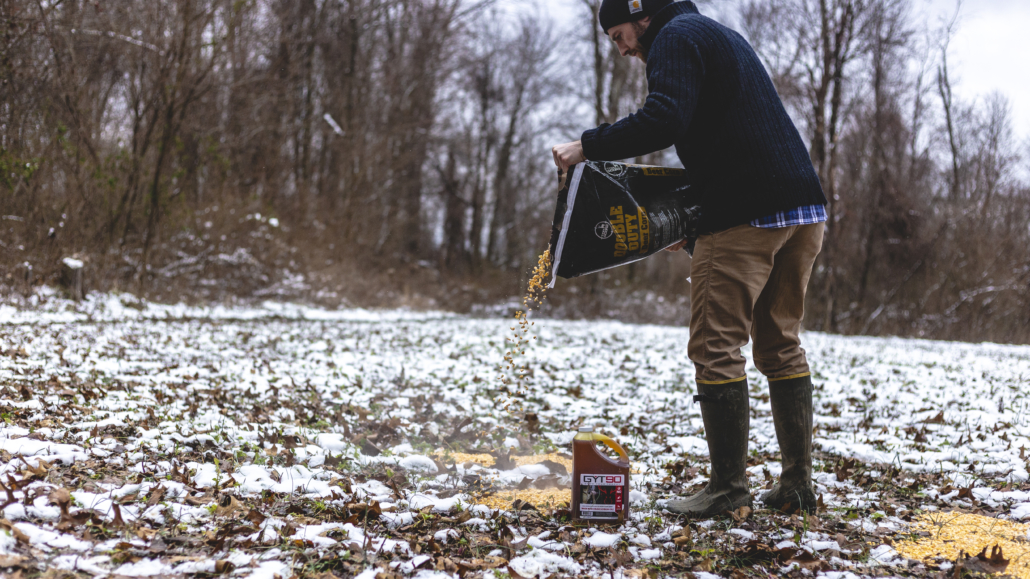
The safest option of all is to have high quality, early successional habitat on your property. If you don’t already have the young, dense, and nutritious re-growth that deer need to browse on, the most inexpensive way to feed deer is to do some emergency timber harvests. Simply cut down some deciduous trees (e.g., maples, birch, aspen, basswood, etc.) and brush (e.g., dogwoods, willows, etc.) to ground level in a small patch, so that deer can eat what nature intended them to eat without any consequences. Gather the brush piles loosely so that deer can still get to them. In the future, these areas will likely respond with a flush of raspberry, blackberry, and young trees to provide additional browse, which is the best deer feed for winter.
Will You Try Winter Deer Feeding?
In many areas, winter deer feeding is not necessary or won’t make much of a measurable difference for the local deer herd. If a winter is severe enough, it’s inevitable that some deer are going to die. But in some cases, feeding deer using the right techniques can help them.

